Tag: benchmarking

How does mechanic compensation vary between municipal and utility employers? We took data from over 75 benchmarking clients to find out more about average wages.

We took data from over 50 of our utility and municipal fleet benchmarking clients and their active Digger Derricks from 2017 to 20211. The sample included nearly 12,000 vehicles weighing less than or equal to 55,000 GVWR. The data used represents the patterns we have seen from the industry average of the selected sample.
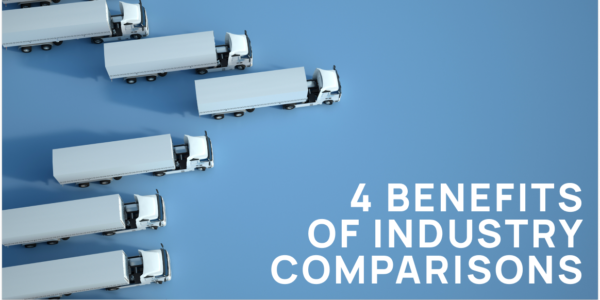
Industry comparisons are a powerful tool that should be integral to any fleet management strategy. By analyzing your fleet’s performance metrics against industry benchmarks, you get a more accurate, apples-to-apples comparison and ultimately, deeper insights.
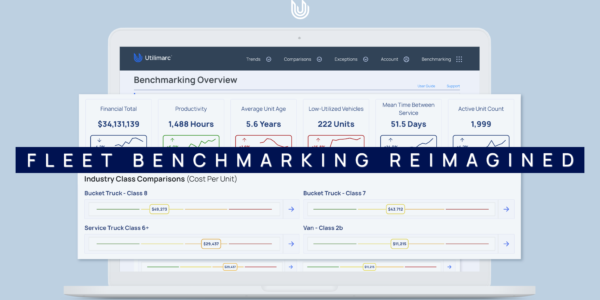
The new benchmarking application features improvements for a more dynamic customer experience and deeper understanding of fleet data. With an expanded report set, increased visualizations and filter capabilities and macro-level Benchmark Study trends, the redesign delivers an in-depth data reporting experience on an intuitive and interactive platform.

Business intelligence seems to be one of those buzzwords that companies throw around when talking strategy and futureproofing solutions, but many find it hard to actually define. Is it a system? A service? A strategic approach? In some ways, it is all of the above.

The Monthly Hotlist will air during the last week of every month, making sure you’re caught up on top stories, new technology launches and new initiatives that’ll surely have people talking.

Building Upon its Benchmarking and Fleet Analytics Products, Utilimarc Launches the First Fully-Integrated BI Platform with AEP, Intren, United EP, and Ameren as Early Adopters.
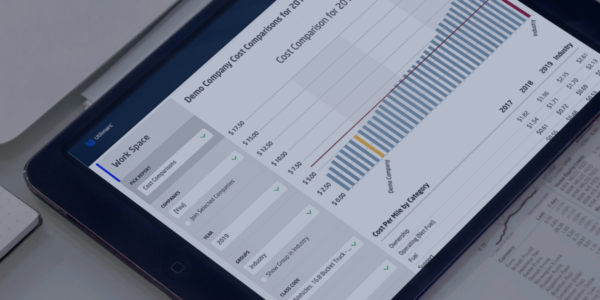
A benchmark can be applied to any facet of your fleet’s operations. From maintenance to vehicle class, process to product – a benchmark is always a good idea.

Fleets are actively aiming to reduce costs. Ask any fleet manager today, and the odds are they’ll agree. This could be for a variety of reasons – external (like economic fluctuation) or internal (such as an interest to outsource or improve operations).

With great growth often comes a few growing pains along the way. And it seems the same is true for the utility fleet industry.

It’s easy to keep the truck idling, but should you? Utilimarc wondered if it was time for you to kill the engine to save some coin.
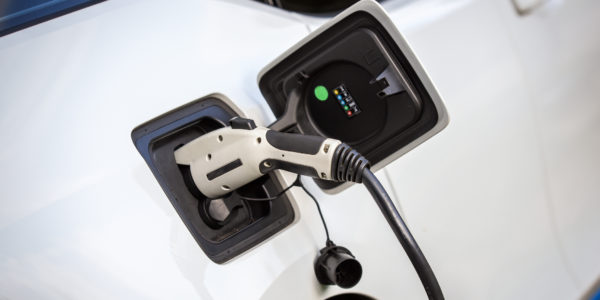
Surprisingly, we discovered that not only are alternative fuel vehicles not popular in fleets yet, the number of them have actually decreased by 11.4 percent since 2012.

When it came to straight wage, Utilimarc found quite a range of hourly utility technician wages — from less than $25/hour to greater than $52.50/hour.

With its fairly compact size, compartments and capabilities, it has made operating in the field extremely convenient and efficient. Utilimarc wondered if the truck is still performing strong, or if its prowess is starting to slow down.

Utilimarc wanted to find out if the aerial lift vehicle performance was constantly improving, holding still — or worse — falling flat.
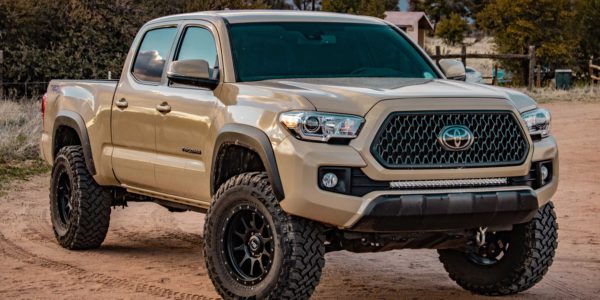
Of the above data, Utilimarc was surprised to see that the percentage of 4×4 pickups keeps growing — possibly eventually leading to the demise of the 4×2.
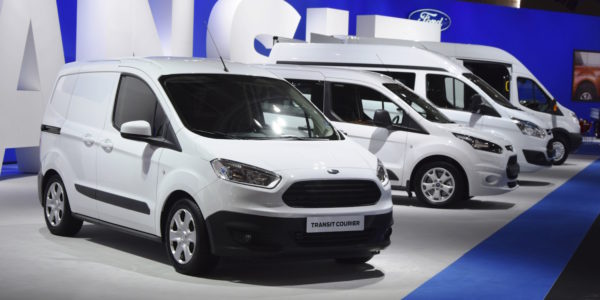
The operating cost for the Transit Connect in year two was $117 per 1,000 miles, while in year five it was $278 per 1,000 miles, an increase of $161 per 1,000 miles over the five years.
Understand how your replacement decisions and projections affect your technician needs to a garage specific level.
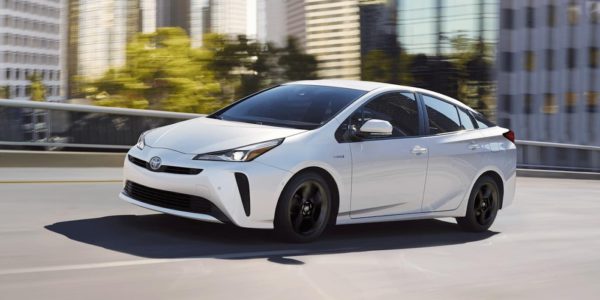
The sample included nearly 5,000 Prius compared to nearly 11,000 other active compact cars, such as the Ford Focus, Honda Civics and Chevrolet Cruze.

From 2006 to 2013, the average price for the 4×4 increased from $44,722 to $52,796, which is an increase of over 15%.
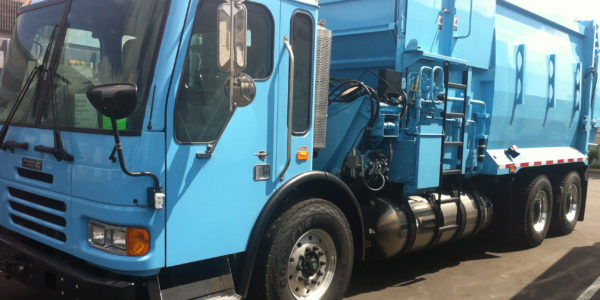
Though garbage trucks make up a relatively small portion of a municipal fleet, their large impact on overall budget makes them a popular benchmarking class.